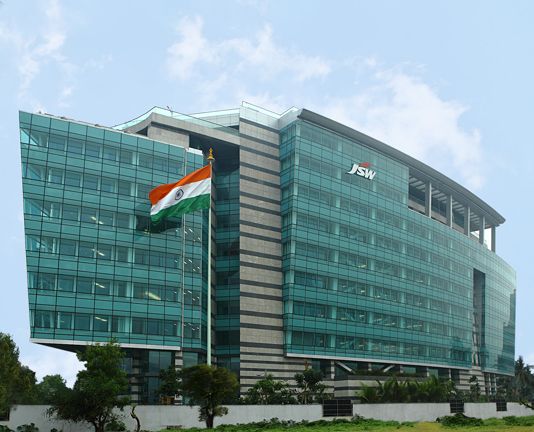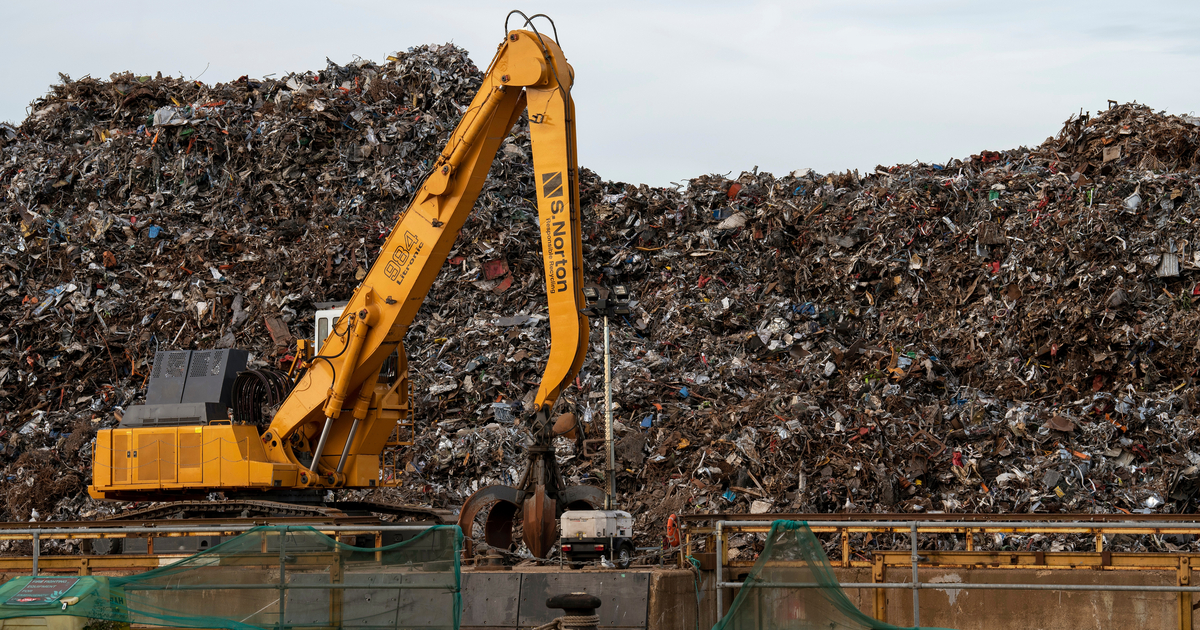
India’s JSW Steel Accelerates Green Transformation with $2 Billion Investment
JSW Steel, one of India’s top steel manufacturers, is ramping up efforts to curb emissions with a landmark $2 billion investment in decarbonization. The company aims to reduce its carbon dioxide output by 42% by 2030, benchmarked against 2005 levels. This move aligns with global sustainability targets and intensifies India’s role in the green steel revolution.
The company’s decarbonization strategy revolves around three pillars: scaling renewable energy, boosting scrap metal usage, and deploying advanced technologies such as hydrogen-based steelmaking. As part of this strategy, JSW has already commissioned 800 MW of green energy capacity, with targets to expand this to 10 GW by the end of the decade.
At the core of JSW’s low-carbon initiative is its state-of-the-art facility in Vijayanagar, Karnataka. This plant will feature a new direct reduced iron (DRI) facility and a 3,800-ton hydrogen production unit. These will serve as the foundation for hydrogen-based steel production, setting a new benchmark for clean steel in India.
Hydrogen and Scrap Metal Lead the Low-Carbon Steel Transition
Hydrogen-based steelmaking is a key innovation in JSW’s roadmap. The technology reduces reliance on coal by using hydrogen to produce iron, significantly cutting CO₂ emissions. Though hydrogen remains costly and infrastructure-intensive, JSW is taking bold steps to integrate it across operations.
Another critical component is scrap metal. JSW is scaling up its scrap utilization, enhancing processing infrastructure, and exploring industrial waste repurposing. These efforts include converting slag into construction-grade sand and cement—lowering environmental impact and resource dependency.
Through its SEED (Sustainable Energy Environment and Decarbonisation) programme, the company has already cut over 3.5 million tons of CO₂. With support from international technology providers and modernization of legacy facilities, JSW plans to bring emissions down to 1.95 tons of CO₂ per ton of steel by 2030.
SuperMetalPrice Commentary:
JSW Steel’s decarbonization plan positions it as a regional leader in green steel. The company’s dual focus on hydrogen and scrap metal addresses both technological innovation and circularity. While hydrogen costs and scrap supply remain challenges, JSW’s proactive investment and strategic partnerships suggest long-term viability. As carbon border taxes like the EU’s CBAM gain traction, JSW’s early move into green steel enhances its global competitiveness—particularly in Europe’s decarbonizing market.











Leave a Reply
You must be logged in to post a comment.